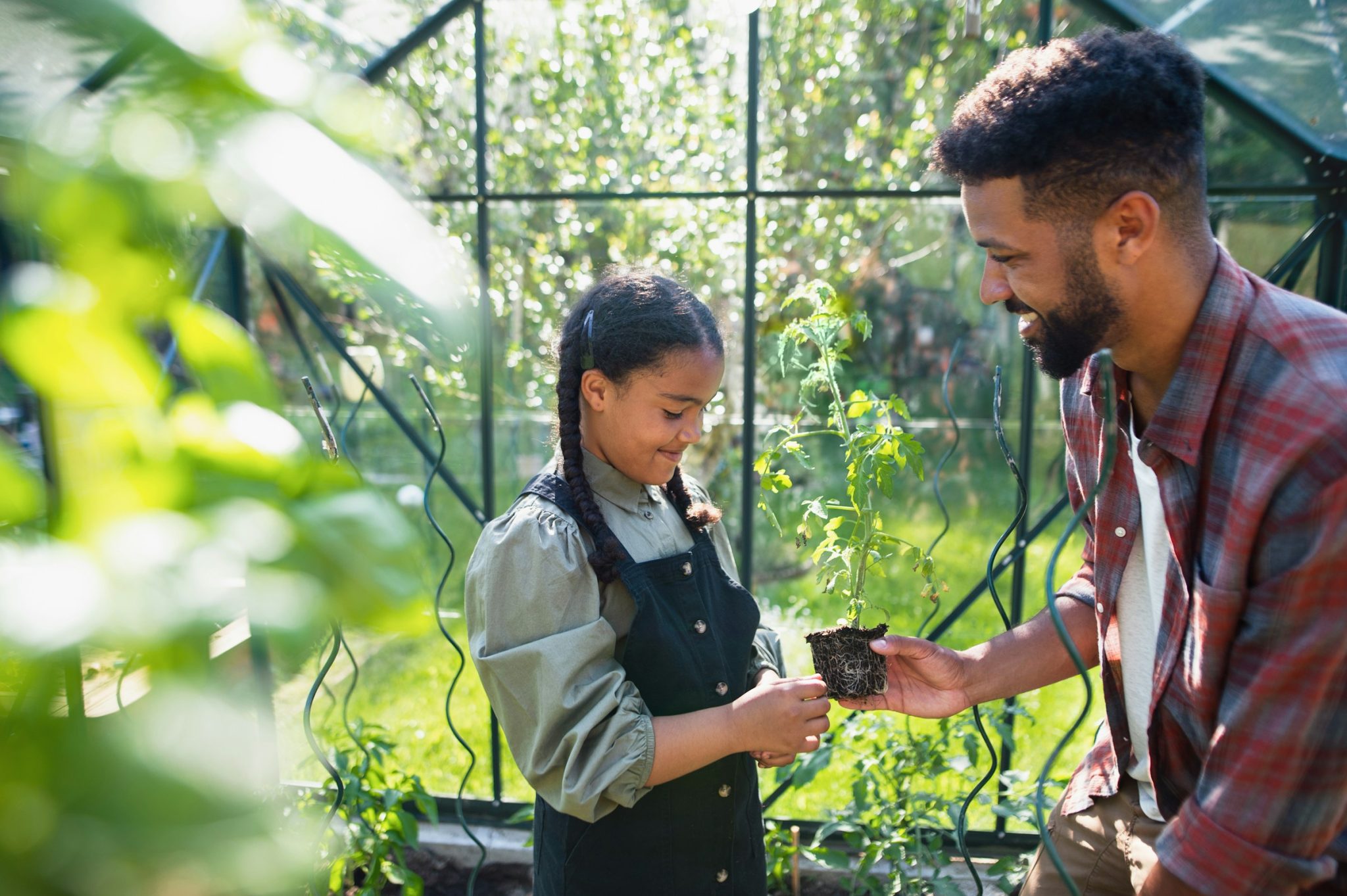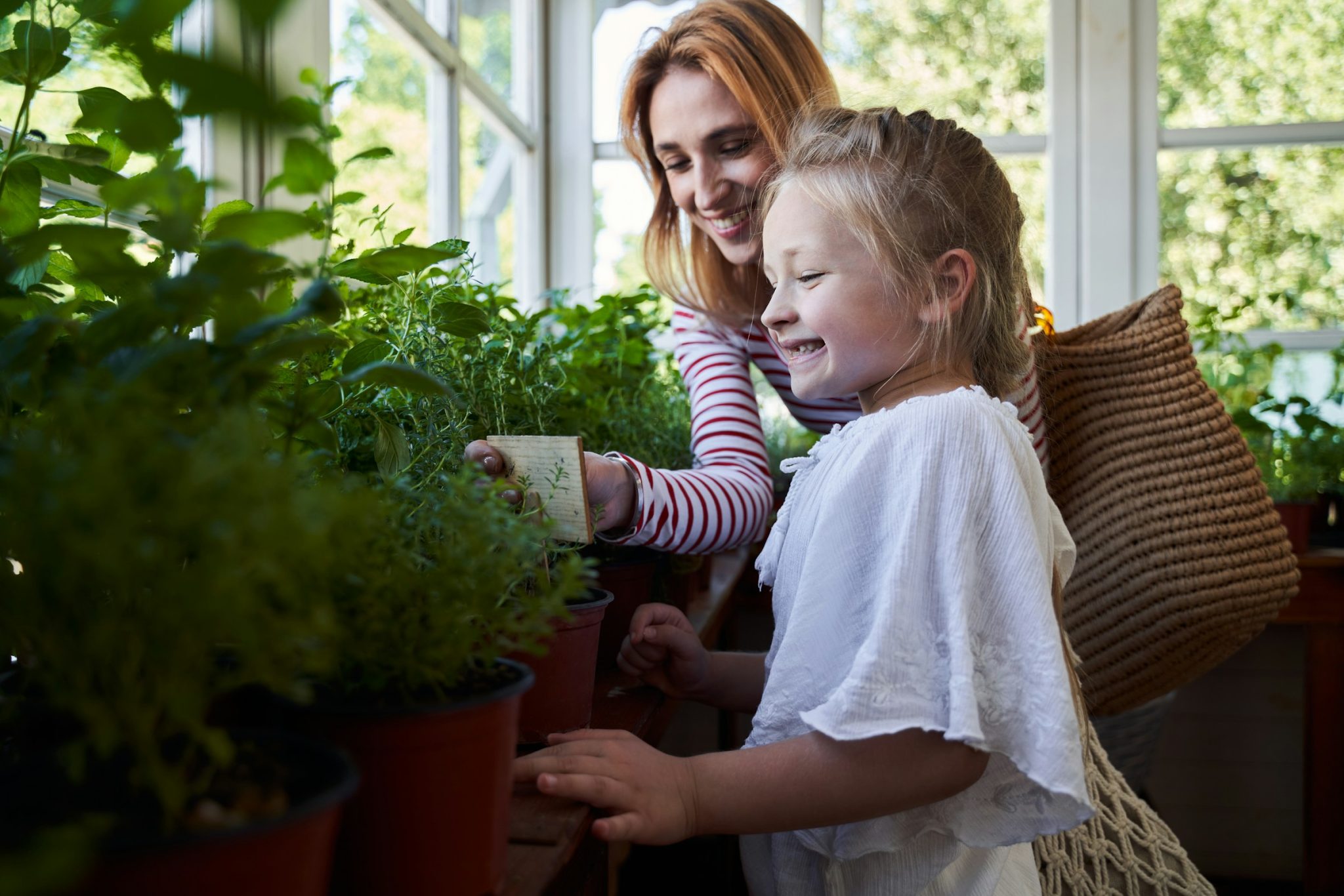If you’re looking to maximize your greenhouse’s energy efficiency, you can consider researching some of the greenhouse designs. Operating a greenhouse efficiently not only reduces your environmental footprint but also saves you money in the long run. Here are seven practical tips to help you design and operate energy-efficient greenhouses effectively.

Table of Contents
1. Optimal Site Selection
Selecting the right location for your greenhouse is crucial for energy efficiency. Choose a site with ample sunlight exposure throughout the day, preferably facing south to capture the maximum amount of sunlight. Additionally, when evaluating potential sites, pay attention to any local zoning regulations or ordinances relating to greenhouses, as compliance with these guidelines can impact your greenhouse’s placement and construction. By strategically placing your greenhouse, you can minimize the need for artificial lighting and heating, thus reducing energy consumption.
- Evaluate the topography of the site to ensure proper drainage and avoid areas prone to flooding, which can impact greenhouse stability and energy efficiency.
- Take into account the proximity to water sources for irrigation purposes, minimizing the energy required for watering and ensuring sustainable water management practices.
- Assess the accessibility of the site for maintenance and deliveries, facilitating efficient operations and reducing energy expended on transportation.
- Consider the surrounding landscape and vegetation, as natural barriers such as trees or hills can provide windbreaks and insulation, further enhancing energy efficiency within the greenhouse.
2. Passive Solar Design
Harnessing the power of passive solar design can significantly enhance the energy efficiency of your greenhouse. Incorporate features such as thermal mass, orientation, and proper insulation to regulate temperature and humidity levels naturally.
Installing heat-retaining materials like brick or concrete walls can absorb heat during the day and release it at night, reducing the need for additional heating. By optimizing passive solar principles, you can create a sustainable environment for your plants while minimizing energy inputs.
3. Efficient Heating and Cooling Systems
Invest in energy-efficient heating and cooling systems to maintain optimal growing conditions year-round. Consider using technologies such as geothermal heating, heat pumps, or solar heaters to minimize reliance on fossil fuels. Implementing automated ventilation systems with sensors can help regulate temperature and humidity levels efficiently. By choosing the right heating and cooling solutions, you can reduce energy consumption and operating costs while ensuring consistent plant growth.
4. Energy-Efficient Lighting
Choose energy-efficient lighting options such as LED or high-pressure sodium (HPS) grow lights to supplement natural sunlight. LED lights consume less energy and emit less heat compared to traditional lighting sources, making them ideal for greenhouse applications. Implementing a lighting schedule based on your plants’ needs can further optimize energy usage. By incorporating energy-efficient lighting solutions, you can enhance plant growth while minimizing energy expenses.
- Conduct a thorough analysis of your plant’s light requirements to determine the appropriate intensity and duration of artificial lighting, avoiding over-illumination and unnecessary energy usage.
- Install light fixtures equipped with timers or dimmers to control lighting schedules and ensure consistency in light exposure, promoting healthy plant growth while minimizing energy waste.
- Explore innovative lighting technologies such as smart LED systems, which adjust light spectrum and intensity based on real-time environmental conditions and plant development stages, maximizing energy efficiency and productivity..
5. Water Management Practices
Implementing efficient water management practices is essential for reducing energy consumption in greenhouses. Utilize drip irrigation systems or rainwater harvesting techniques to minimize water waste and energy usage associated with traditional watering methods. Additionally, consider recycling and treating wastewater to conserve resources and reduce environmental impact. By optimizing water usage, you can lower energy costs while promoting sustainable agricultural practices.
6. Integrated Pest Management (IPM)
Implementing an integrated pest management (IPM) strategy can help minimize the need for chemical pesticides, thereby reducing energy consumption associated with pesticide production and application.
Utilize biological control methods such as beneficial insects or natural predators to manage pest populations effectively. Regular monitoring and early detection of pest issues can prevent infestations and the need for intensive treatments. By adopting an IPM approach, you can promote a healthy and resilient ecosystem within your greenhouse while minimizing energy inputs.
7. Continuous Monitoring and Optimization
Regularly monitor and optimize your greenhouse operations to identify areas for improvement and maximize energy efficiency. Utilize data logging systems and sensors to track environmental parameters such as temperature, humidity, and energy usage.
Analyze this data to identify trends, diagnose inefficiencies, and make informed decisions to optimize resource allocation. By continuously monitoring and optimizing your greenhouse operations, you can minimize energy waste and sustainably maximize productivity.

Designing and operating energy-efficient greenhouses requires careful planning, innovative solutions, and a commitment to sustainability. By incorporating these seven tips into your greenhouse management practices, you can reduce energy consumption, minimize environmental impact, and optimize plant growth.
- About the Author
- Latest Posts
Whether she is researching the latest trends in home decor, life-changing destination getaways, or the best way to maintain your finances, Dewey takes pride in leaving no stone unturned. She is passionate about distilling and delivering high-quality information that you can use to upgrade your life.

